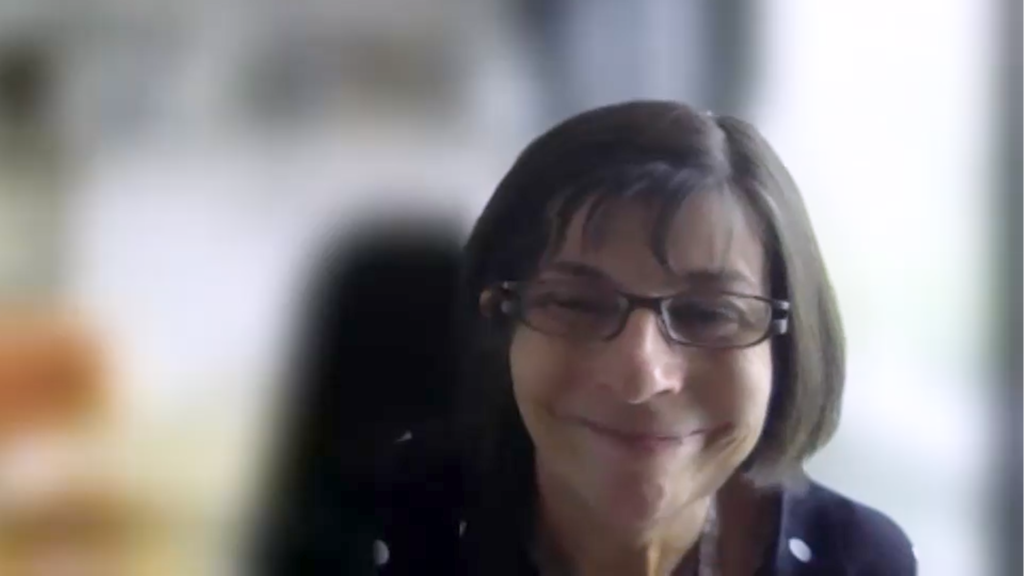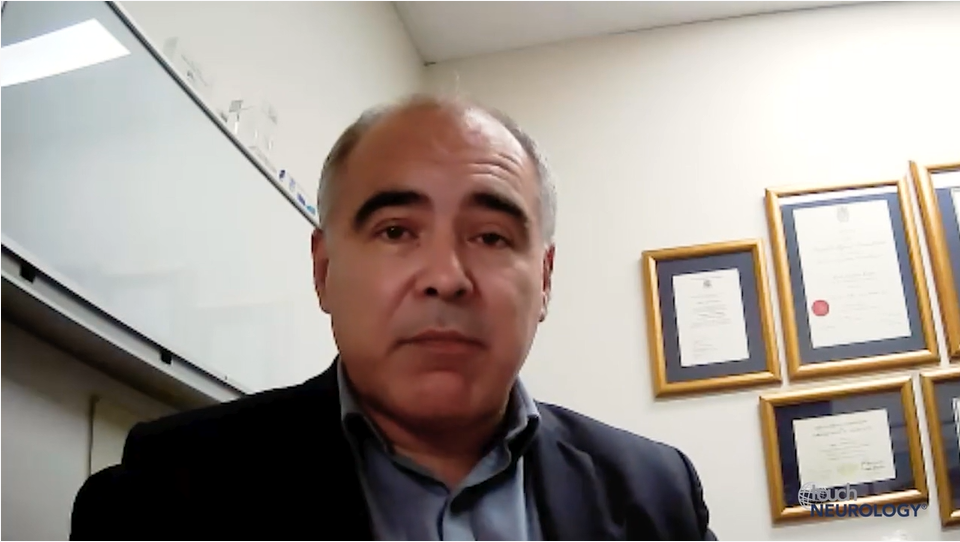Jukka Peltola is Deputy Chief Physician, Department of Neurology, Tampere University Hospital, Finland and consultant neurologist, Finnmedi Research. Tampere is the global training centre for anterior nucleus of the thalamus-deep brain stimulation (ANT-DBS) and Jukka Peltola has been joint course leader there for several international courses. He is a member of the International League Against Epilepsy (ILAE) Commission on Classification and Terminology and ILAE Seizure Subtype Classification Task Force. Jukka Peltola has served both in the Finnish Epilepsy Society, Finnish Neurological Society and as a member for the EBM-group of Finnish guidelines for epilepsy.
What quality of life issues do your patients experience and how are they managed?
There has been a major trend to not just aim for seizure freedom but to take into account tolerability issues. Management of these issues is helped greatly by epilepsy nurse consultations.
Why do we need to have more monotherapies available for patients with epilepsy?
There may be many options but when the drugs with major tolerability issues are discounted for example, the list is restricted. Drugs designed to offer improved tolerability are very much needed.
Will the results of the 6-year post-marketing ‘real world’ safety data for eslicarbazepine acetate change attitudes to the treatment?
It is being increasingly recognized that there is a need to individualise patient treatment according to age, weight, past history etc. and more options are needed. Having a once daily option may also be useful in terms of reducing the pill burden for a patient and potentially reducing side effects.










